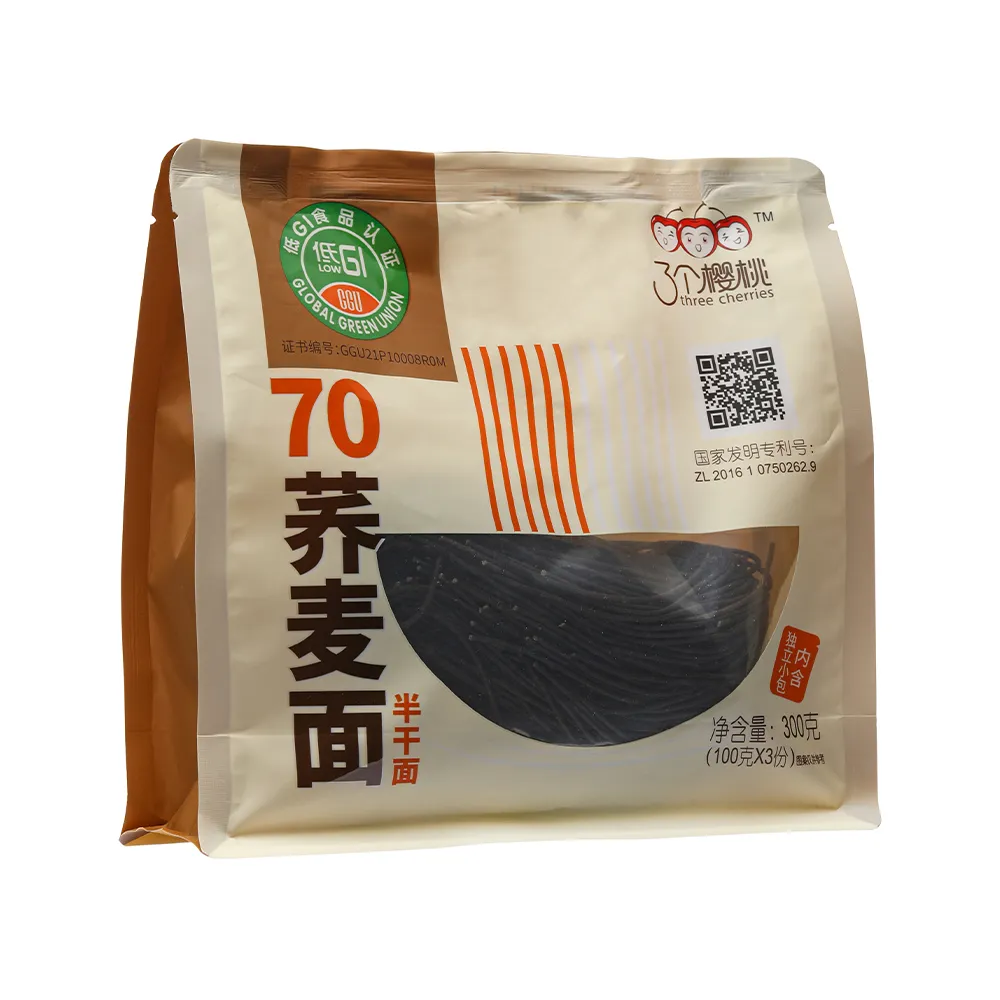Can Diabetics Enjoy Noodles While Managing Their Blood Sugar Levels
Can Diabetics Have Noodles? Exploring Dietary Options for Diabetes Management
Diabetes management is often a topic filled with questions, especially concerning dietary choices. One common concern among those diagnosed with diabetes is whether they can enjoy foods like noodles, which are typically high in carbohydrates. This article aims to provide clarity on this subject, helping individuals with diabetes make informed decisions about including noodles in their diet.
Understanding Carbohydrates and Diabetes
To comprehend whether diabetics can have noodles, it’s essential to first understand carbohydrates and their impact on blood sugar levels. Carbohydrates are a primary energy source for the body but can cause blood sugar levels to spike, particularly in individuals with diabetes. When carbohydrates are consumed, they are broken down into glucose (sugar), which enters the bloodstream. For people with diabetes, monitoring carbohydrate intake is crucial, as it helps manage blood glucose levels.
The Role of Noodles in a Diabetic Diet
Noodles come in various types, each with a different carbohydrate content and nutritional profile. Traditional wheat noodles, such as spaghetti and ramen, are made from refined flour, which can cause rapid spikes in blood sugar. However, there are several alternatives available that can be better suited for those managing diabetes
1. Whole Grain Noodles Whole wheat noodles are made from whole grains, which contain more fiber than their refined counterparts. Fiber slows down the digestion process, leading to more gradual increases in blood sugar levels. Choosing whole grain options is generally a better choice for diabetics.
2. Legume-Based Noodles Noodles made from chickpeas, lentils, or black beans are higher in protein and fiber. These options can yield a lower glycemic index, meaning they may have a less pronounced effect on blood sugar levels compared to traditional noodles.
can diabetics have noodles

3. Vegetable Noodles Zucchini noodles (or zoodles), spaghetti squash, and other vegetable-based noodles can be excellent alternatives. They are low in carbohydrates and rich in nutrients, making them a flavorful and diabetic-friendly option.
4. Shirataki Noodles Also known as konjac noodles, these are made from the konjac yam and are very low in carbohydrates and calories. They are a popular choice for those following low-carb diets and are suitable for diabetics.
Portion Control and Pairing
For individuals with diabetes, moderation is key. Even when choosing healthier noodle options, portion control is crucial to avoid excessive carbohydrate intake. A typical serving of noodles for someone with diabetes might be in the range of 1/2 to 1 cup, depending on their dietary plan and individual needs.
Moreover, it’s the preparation and pairing of noodles that can significantly influence their overall impact on blood sugar levels. Combining noodles with protein (such as chicken, tofu, or legumes) and healthy fats (like olive oil or avocado) can further stabilize blood sugar levels. Additionally, incorporating non-starchy vegetables into noodle dishes not only enhances the nutritional value but also increases fiber content.
Conclusion
In conclusion, diabetics can enjoy noodles, provided they choose the right types and monitor their portions. Whole grain, legume-based, vegetable, and low-carb alternatives offer delicious options that satisfy cravings without compromising blood sugar control. As with any dietary choice, it’s essential for individuals with diabetes to work closely with their healthcare providers or a registered dietitian to create a balanced meal plan that works for them.
Ultimately, with careful selection and mindful eating, noodles can indeed be a part of a healthy, diabetes-friendly diet.
-
Is Whole Wheat Pasta Healthy?NewsMay.30,2025
-
Are Soba Noodles Good for Weight Loss?NewsMay.30,2025
-
Are Buckwheat Soba Noodles Healthy?NewsMay.30,2025
-
Are Buckwheat Soba Noodles Gluten Free?NewsMay.30,2025
-
Are Buckwheat Noodles Good for You?NewsMay.30,2025
-
A Healthy Way to Savor Soba and Spicy FlavorsNewsMay.30,2025
-
What Are Lanzhou Noodles?NewsMay.30,2025
Browse qua the following product new the we

















































































































